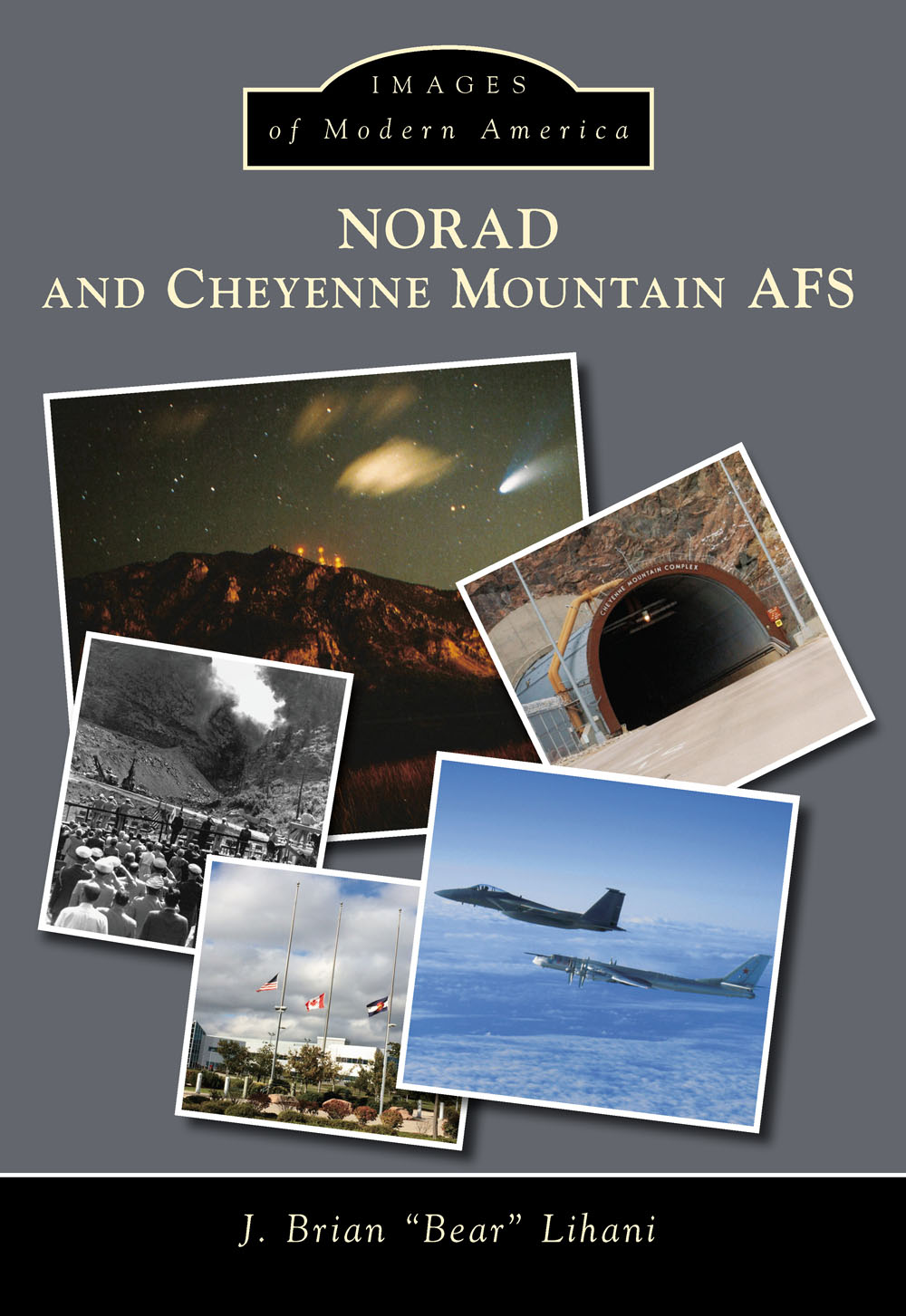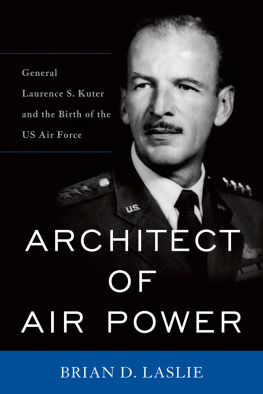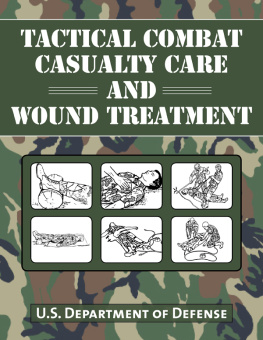
IMAGES
of Modern America
NORAD
AND CHEYENNE MOUNTAIN AFS
ON THE FRONT COVER: Clockwise from the top:
Comet Hale-Bopp over Cheyenne Mountain (Courtesy of John Rising), entrance to Cheyenne Mountain Complex (Courtesy of the US Air Force), Building 2, NORAD and US Northern Command Headquarters, Peterson Air Force Base (AFB), September 11, 2013 (Authors collection), US Air Force F-15 shadows a Soviet Tu-95 Bear Bomber (Courtesy of the US Air Force), first explosion breaking ground at Cheyenne Mountain AFS (Courtesy of the US Air Force)
ON THE BACK COVER: From left to right
US Air Force E-3 AWACS (Courtesy of the US Air Force), girder fragment from the World Trade Center, 9/11 Memorial, Headquarters, NORAD-USNORTHCOM, Peterson AFB (Authors collection), 1980s command center inside Cheyenne Mountain Complex (Courtesy of the US Air Force)
IMAGES
of Modern America
NORAD
AND CHEYENNE MOUNTAIN AFS
J. Brian Bear Lihani

Copyright 2015 by J. Brian Bear Lihani
ISBN 978-1-4671-3330-2
Ebook ISBN 9781439652114
Published by Arcadia Publishing
Charleston, South Carolina
Library of Congress Control Number: 2014959800
For all general information, please contact Arcadia Publishing:
Telephone 843-853-2070
Fax 843-853-0044
E-mail
For customer service and orders:
Toll-Free 1-888-313-2665
Visit us on the Internet at www.arcadiapublishing.com
Dedicated to the men and women of NORAD and CMAFS past and present, and for my wife, Christina; son, Jason; and Mom and Dad
CONTENTS
ACKNOWLEDGMENTS
When I began my Air Force career the one Air Force command that I felt was the one I wanted to be a part of was the North American Air Defense Command (NORAD). I thought that defending my homeland and family and friends was the greatest calling that could be accomplished. Having the honor to be a part of the NORAD mission for the majority of my Air Force career were some of the most satisfying and fulfilling of those many years. I always enjoy talking about NORAD and the mission and am proud to have compiled this book.
I thank the NORAD command historians, Dr. Lance Blyth and Dr. Brian Laslie. They provided the majority of the photographs and opened their archives in assisting in putting this book together. I also thank Maj. Jamie Humphries from the NORAD-USNORTHCOM Public Affairs office in reviewing the manuscript and his coordinating assistance. Unless noted, all images are US Air Force photographs and courtesy of the US Air Force.
And my biggest thanks goes to my wonderful wife, Christina Lihani, for her proofreading and suggestions and her patience and strong support. You are the wind beneath my wings.
LEGEND
BMEWS Ballistic Missile Early Warning System Provided NORAD with immediate indications of missile launches anywhere in the world that could be a threat to North America.
COC Combat Operations Center The main operational center for NORAD. This is where key decisions are made by senior leaders regarding potential threats to North America.
CONAD Continental Air Defense The military command charged with the air defense of the United States. Operational after World War II, it was the precursor to NORAD.
DEW Line Distant Early Warning Line Located in the far Arctic regions of Canada and Alaska, this line of long range and short range radars look over the North Pole and Arctic region for any airborne threats that would be coming that way. Spanning from the western part of Alaska to the eastern coast of Canada, this radar network is a key system to NORADs mission.
NWS North Warning System This is the modern system that replaced the DEW Line in the 1980s and provides more reliable data in the Arctic region.
SAGE Semi-Automated Ground Environment This was the computer system used at the air defense squadrons in the US and Canada. This state of the art system filled an entire basement of a huge concrete block house until it was replaced by two computers the size of soda vending machines in the mid-1980s.
INTRODUCTION
Before World War II began for the United States, the US War Department informed the public that the Air Defense Command (ADC) was being created to further the development of means and methods for defense against air attacks. It was 1939, and the airplane was only 36 years old, but it had proven itself as a formidable war machine in World War I. Although never threatened, the War Department realized the potential danger of enemy aircraft. The ADC was formed in 1940, but it was not until 1946 that it became a military command of the Army. That year, Gen. Carl Tooey Spaatz, commanding general, Army Air Forces, testified to Congress on a need for a US Army Air Defense Command. General Spaatz stated, In view of the possibility of air attack in any future war, we feel that the air defense of the United States cannot be left to chance. There must be a commander responsible for it. We must be properly organized so there cannot possibly be an air surprise such as occurred at Pearl Harbor. We hope and expect we will have enough appropriation to provide equipment and personnel to maintain radar stations open 24 hours a day... The Air Defense Command is established for this purpose.
The Joint Chiefs of Staff established Continental Air Defense Command (CONAD) on September 1, 1954, and its mission was to defend the continental United States against air attacks. The US Army Air Defense Command became a component of CONAD, and in 1956, the Secretary of Defense signed the plan that reorganized CONAD (separating it from the US Air Force Air Defense Command) and also added Alaska as part of its responsibilities. This new structure also gave CONAD the ability to assist Canada and Mexico in air defense. Because of this structure and new responsibilities, the Joint Chiefs of Staff and Canadian Chiefs of Staff Committee were introducing the potential integration of operational control of the air defense forces of both Canada and the United States. The study was assigned to the Joint CanadianUnited States Military Study Group for review, which they completed in 1956 with the recommendation that the two countries air defense forces integrate. Both countries leadership reviewed the proposal, and in August 1957 the two governments formally announced the approval of the establishment of an integrated Canadian and American air defense command. Gen. Earle E. Partridge, CONAD commander, proposed that operational control of Canadian and US air defense forces be assumed by an integrated headquarters in Colorado Springs, Colorado. General Partridge also recommended the title North American Air Defense Command (NORAD) for the newly formed force. Formal approval of the location and name was given on September 6, 1957, thereby establishing NORAD. Ent Air Force Base in Colorado Springs was selected as headquarters, and the Air Operations Center there became responsible for operational control of NORAD air defense forces.
The formal agreement establishing NORAD was signed on May 12, 1958. This agreement proposed principles that included the appointment of a Commander in Chief North American Air Defense Command (CINCNORAD) and a deputy (DCINCNORAD), who would not be from the same country. The military chiefs developed, and approved, terms of reference for NORAD, effective June 10, 1958. These terms gave NORAD the mission of defending the United States, Canada, and Alaska (not yet a state) against air attacks. On August 5, 1958, NORAD issued an order that established NORAD regions and divisions in the United States, Canada, and Alaska.
Next page









